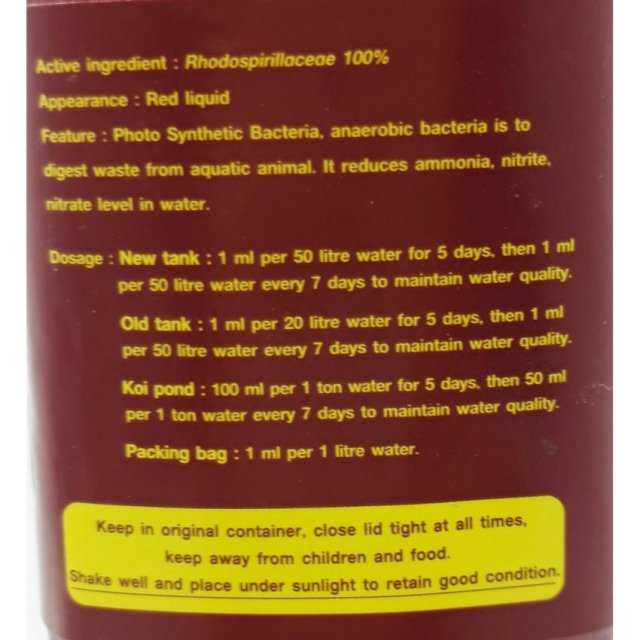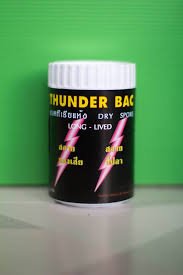In order to make use of anaerobic bacteria, the filter (sump, whatever) would need to have an anoxic zone. This would be an area where water movement is "so slow" (almost dead) where these anaerobes, or facultative anaerobes could thrive, in an nearly oxygen free environment. These dead zones often create hydrogen sulfide pockets, that when released as bubbles, smell like rotten eggs, and if there is enough of it, can be deadly to sensitive fish.
Not a desirable idea inside a house.
This is not the common, in aquariums, so what these bio additives do instead, is provide food (enzymes etc) that promote aerobic organisms ( bacteria, rotifers etc) that compete with less desirable organisms.
Rotifers need plenty of oxygen, as well as the bacteria we want, why filter turnover rates are kept high.
Back in the 90s, plenums were causing a stir, they were anoxic areas under a deep sand bed substrate with little to no water movement, I experimented with them, but because I kept cichlids that dig, I could not maintain that anoxic area. They were mostly used for nitrate reduction in salt water tanks, that were expensive to do water changes on, kind over over kill in freshwater tanks, that are easy and cheap to do water changes on.
Ya I ran across anoxic filtration a while back and how it works, I'm thinking about doing an over the tank 45 quart "sump" in a polypropylene horse feeding trough hanging off the wall at the base of a very small window using clay kitty litter and red fluorite for iron in small baskets but with lava rock around the baskets and pothos (rock to just hold pothos roots in place). Inside my large sump after mechanical and bio media I have a 5 gallon bucket of pond matrix with very very minimal flow moving through, now I can almost guarantee it's not slow enough to be a true anoxic zone but with pond matrix and their claim of being able to grow anaerobic bacteria even in some flow I thought I'd give it a try. If this doesn't work then worst case I'm out some money but my 300 gallon tank will never lack bio media.
So this lead me to the questions of this affecting or out competing anaerobic bacteria?
Is anaerobic bacteria necessary?- no, I actually have a 1hp well pump hooked up for draining tanks and watering the garden outside rated at 21gpm (before loss or head pressure). But this tank is my no budget experiment and build it all for fun tank. But I don't want to fail an ongoing experiment by starting the next if it's avoidable. I'll be doing rid x in other tanks for sure but checking before doing it on this one in question.





